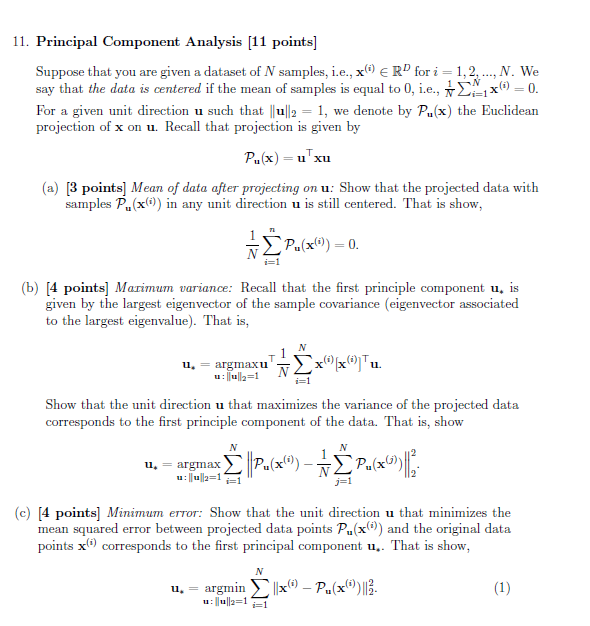Answered step by step
Verified Expert Solution
Question
1 Approved Answer
it is PCA (principal component analysis) problem 11. Principal Component Analysis [11 points] Suppose that you are given a dataset of NV samples, i.e., x
it is PCA (principal component analysis) problem

Step by Step Solution
There are 3 Steps involved in it
Step: 1

Get Instant Access to Expert-Tailored Solutions
See step-by-step solutions with expert insights and AI powered tools for academic success
Step: 2

Step: 3

Ace Your Homework with AI
Get the answers you need in no time with our AI-driven, step-by-step assistance
Get Started


